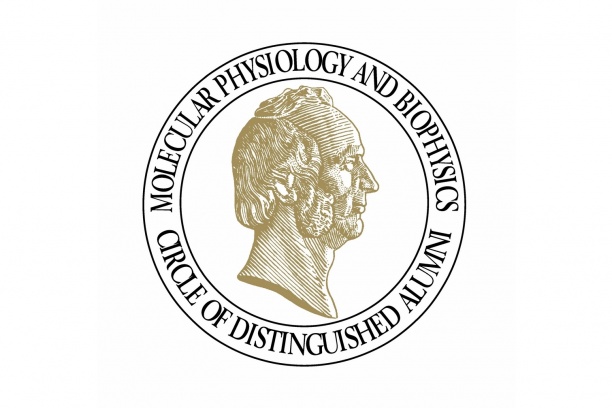Mission, Vision & History

The Department of Molecular Physiology and Biophysics (MPB) has a proud tradition of pioneering research discoveries. Dr. Charles R. (Rollo) Park put the Department of Physiology on the research map over half a century ago as a mecca for cutting edge basic research related to endocrinology and diabetes, with a special focus on signal transduction mechanisms. Dr. Park was elected as a member of the National Academy of Sciences. The Nobel Prize in Physiology or Medicine was awarded to Dr. Earl Sutherland while he was a faculty member at Vanderbilt for establishing the concept of second messenger signaling though his pioneering research on cyclic AMP (and cyclic GMP). Studies by Dr. John Exton, a long-time HHMI Investigator and another elected member of the National Academy of Sciences, provided novel molecular insights into the regulation of phospholipid metabolism and calcium signaling by hormones and neurotransmitters. The HHMI also supported the work of Drs. Jackie Corbin and Sharron Francis on cyclic nucleotide phosphodiesterases, providing the foundation for the development of highly successful drugs to treat erectile dysfunction. You can find out more about the work of these and all the other distinguished alumni of the department here. More recently, this tradition was continued by Dr. Roger Cone, the recently departed chair of the department and another elected member of the National Academy of Sciences, who uncovered novel modes of signal transduction mediated by the melanocortin receptors in the CNS that play a key role in the regulation of feeding and obesity.
The appointment of Dr. Daryl Granner as Dr. Park’s successor in the 1980’s, sparked a diversification of research interests and a change of name to the Department of Molecular Physiology and Biophysics. Please click the links below to discover more about the full spectrum of current research interests in MPB, and individual faculty members working in each area.
Read about the many alumni of the Department here.